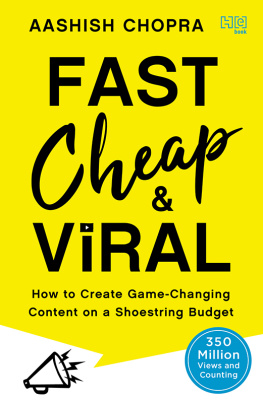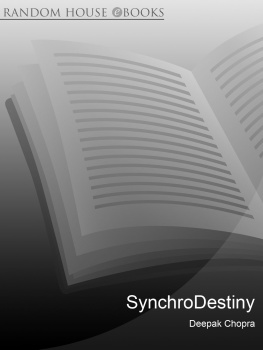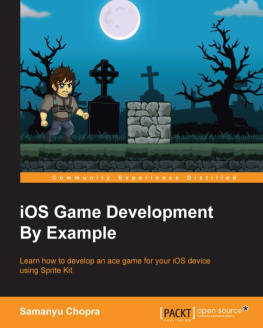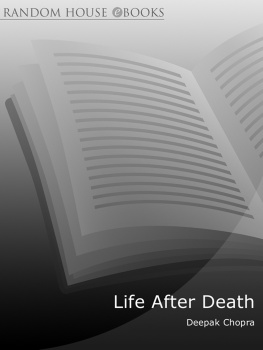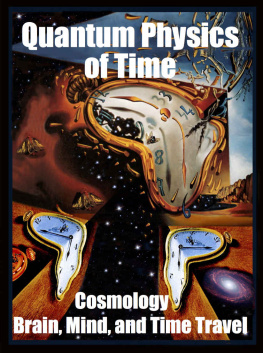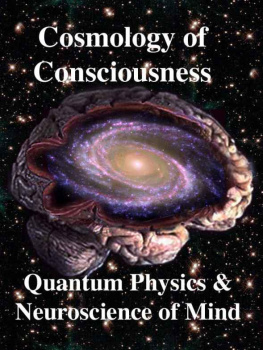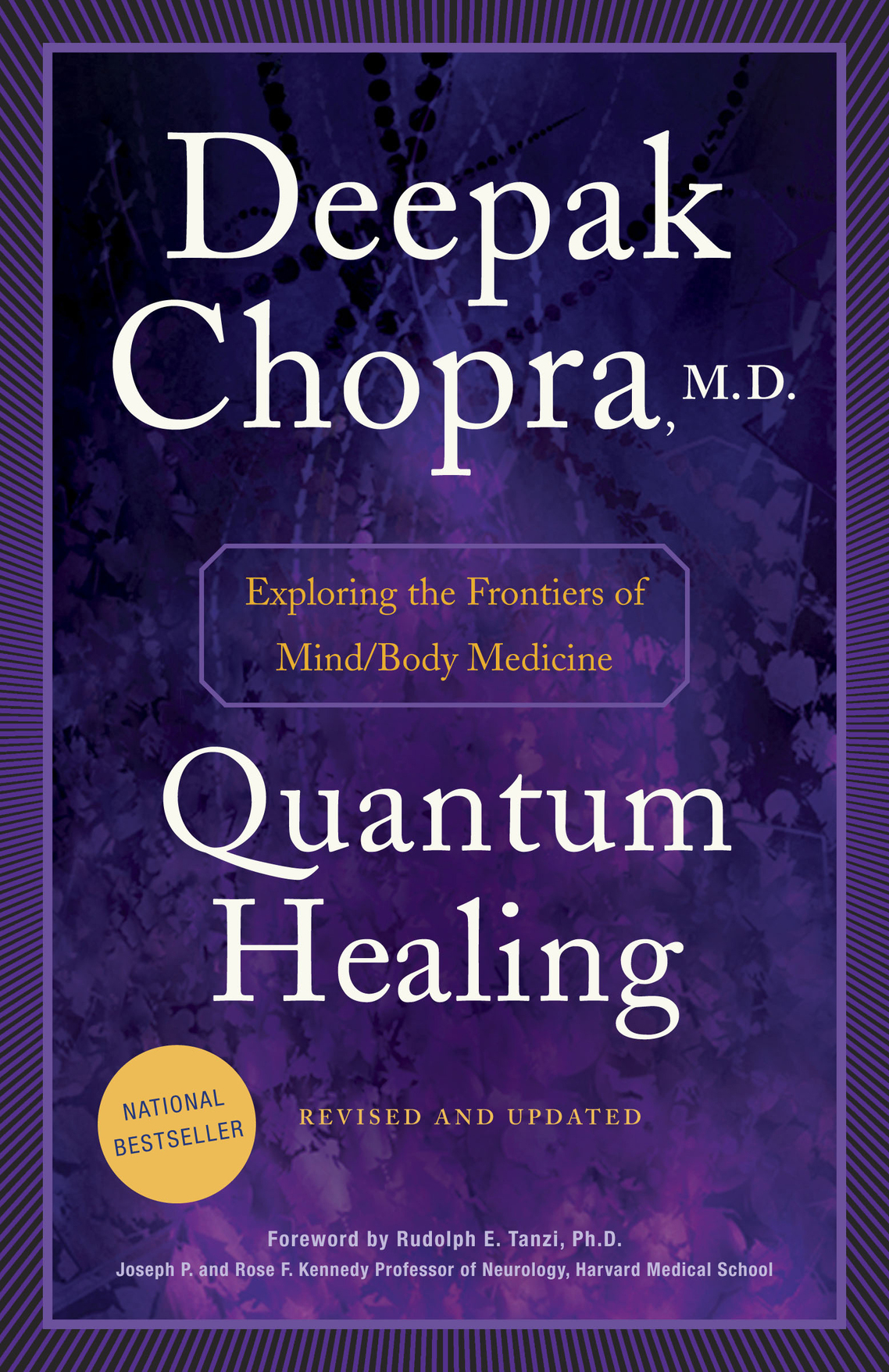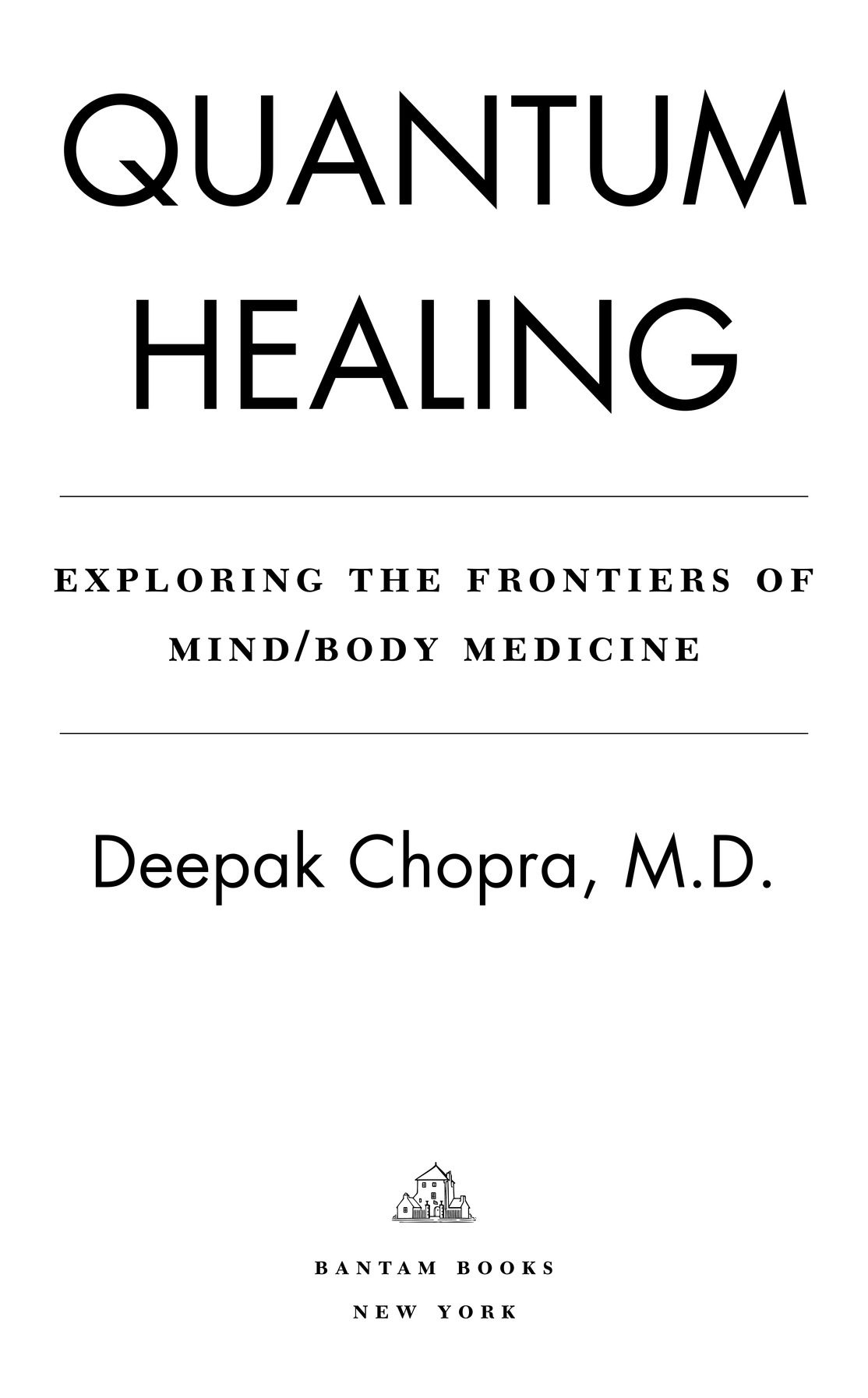In order to ensure the privacy of the patients mentioned in this book, their names, circumstances, and other identifying details have been changed.
Copyright 1989, 2015 by Deepak Chopra, M.D.
All rights reserved.
Published in the United States by Bantam Books, an imprint of Random House, a division of Penguin Random House LLC, New York.
B ANTAM B OOKS and the H OUSE colophon are registered trademarks of Penguin Random House LLC.
Originally published in hardcover in the United States by Bantam Books, an imprint of Random House, a division of Penguin Random House LLC, in 1989.
Whenever the word quantum comes up, the word physics follows automatically. This habit of mind made Quantum Healing a novel and provocative title in 1989, but its author, a curious-minded endocrinologist outside Boston, was implying a legitimate question. If every atom and molecule in the universe emerges from the quantum field, doesnt this mean that our bodies do, too? The answer is undoubtedly yes. In that case, we possess a quantum mechanical body. Dr. Deepak Chopra then reasoned that the mysteries of the human body, particularly the mystery of healing, are inevitably immersed in the quantum field.
Very few scientists were thinking that way almost thirty years ago. Medical schools approached the human body essentially as a machine subdivided into the working parts of a machineorgans, tissues, and cells. When the body broke down through illness, something material was at fault. Bacteria had entered to disrupt the mechanical operation of an organ, or a worn-out part had failed. An arthritic joint was considered similar to a tire with the tread wearing thin.
Modern scientific medicine goes into sophisticated detail, but in essence it embraces the two basic principles that bind all the sciences together: materialism and reductionism. Materialism holds that there must be a physical explanation for every phenomenon. Reductionism holds that complex problems can be broken down into smaller component parts, wherein lie all solutions and answers. Quantum Healing blew the whistle on both principles, not because they are inherently wrong, but because they left out some extremely important things, especially when it came to the human body.
Materialism left out the mind-body connection. Mind isnt material. Yet our thoughts cause our bodies to move, something we take for granted the minute we get out of bed in the morning but which stands as a great mystery. When you break the body down into organs, tissues, and cells, you cant find the slightest trace of a thought, and yet the mind must be related to the body. How?
Reductionism left out the holistic nature of the body. Trillions of cells cooperate to sustain one another, acting to preserve overall balance and health. Up to a quadrillion neural connections in the brain generate a microscopic electrical storm, and yet the result is organized thought, not a jumble of static. As skilled as medical science is at dissecting body and brain, it has little to say about the experience of life as a whole, yet that experience impinges directly on who gets sick and who stays well.
Deepak was not the first to see these flaws and omissions, but Quantum Healing was very bold in becoming the first book to offer a path to new answers. He proposed that quantum physics describes an invisible domain from which mind and body both emerge and unite. Quantum Healing struck a nerve by focusing on the most baffling phenomenon in medicine, spontaneous remission from cancer. How could the most intractable of diseases, the object of billion-dollar campaigns to find a cure, suddenly disappear from a patients body? Since oncology is a numbers game, it was easier simply to ignore these extraordinary cases as anomalies. But if science prides itself on going wherever reality leads us, such cases are well documented in medical journals. They force us to rethink the entire materialist, reductionist modelDeepak was willing to go there.
Even today, not everyone is willing. As a neurogeneticist, I have been fortunate to study the wondrous interplay of genes and the brain. All organic processes are coded in our DNA. Since that includes all brain processes, the mind-body connection is directly engendered in our genes. The same is true for healing, another process that cannot take place absent genetic activity. However, most geneticists dont think in such broad terms; our research studies are extremely detailed and focused (my specialty is the neurodegenerative disorder Alzheimers disease). The mind is all too often left out of the equation, and as for quantum, the word has traditionally had no bearing on our training, being the province of physics.
Quantum Healing looked past this long-accepted compartmentalization, opening up genetics, along with every other corner of physiology, to quantum thinking. I didnt delve into the mind-body connection when I first began my quest to end Alzheimers disease, but since its a brain disorder, I discovered common ground with a broad thinker like Deepak. After getting excited about how our interests and passions overlapped, we wrote a book, Super Brain, together. The gist of the book, based on solid neuroscience, is that the brain is plastic, influenced by thoughts, feelings, choices, and most important, self-awareness. We also explored a radical possibility that Quantum Healing first proposed: What if the mind is creating the brain at the same time that the brain is creating the mind? This was a mind-blowing (or brain-blowing) idea, because it flew straight past the insistence that only physical processes matter in the brain (materialism) and that every answer lies at the level of the neuron (reductionism).
The basic research that was showing how messenger molecules carry information from the brain to every cell in the body was new when Quantum Healing was published. Now our knowledge in this area is extremely sophisticated. The next frontier is the mind-gene connection. Here Deepak and I have found the most exciting possibilities. We are actively pursuing the beneficial genetic changes that occur in meditation and other contemplative practices. Long portrayed as spiritual, these are actually mind-body techniques that speak to every cell and even deeper, to every gene. The implications are explosive when it comes to cutting-edge science in preventing or reversing chronic disorders, attacking the causes of aging, and fighting against the subtle imbalances that lead to inflammation, now the prime suspect in many disorders, including cancer.


